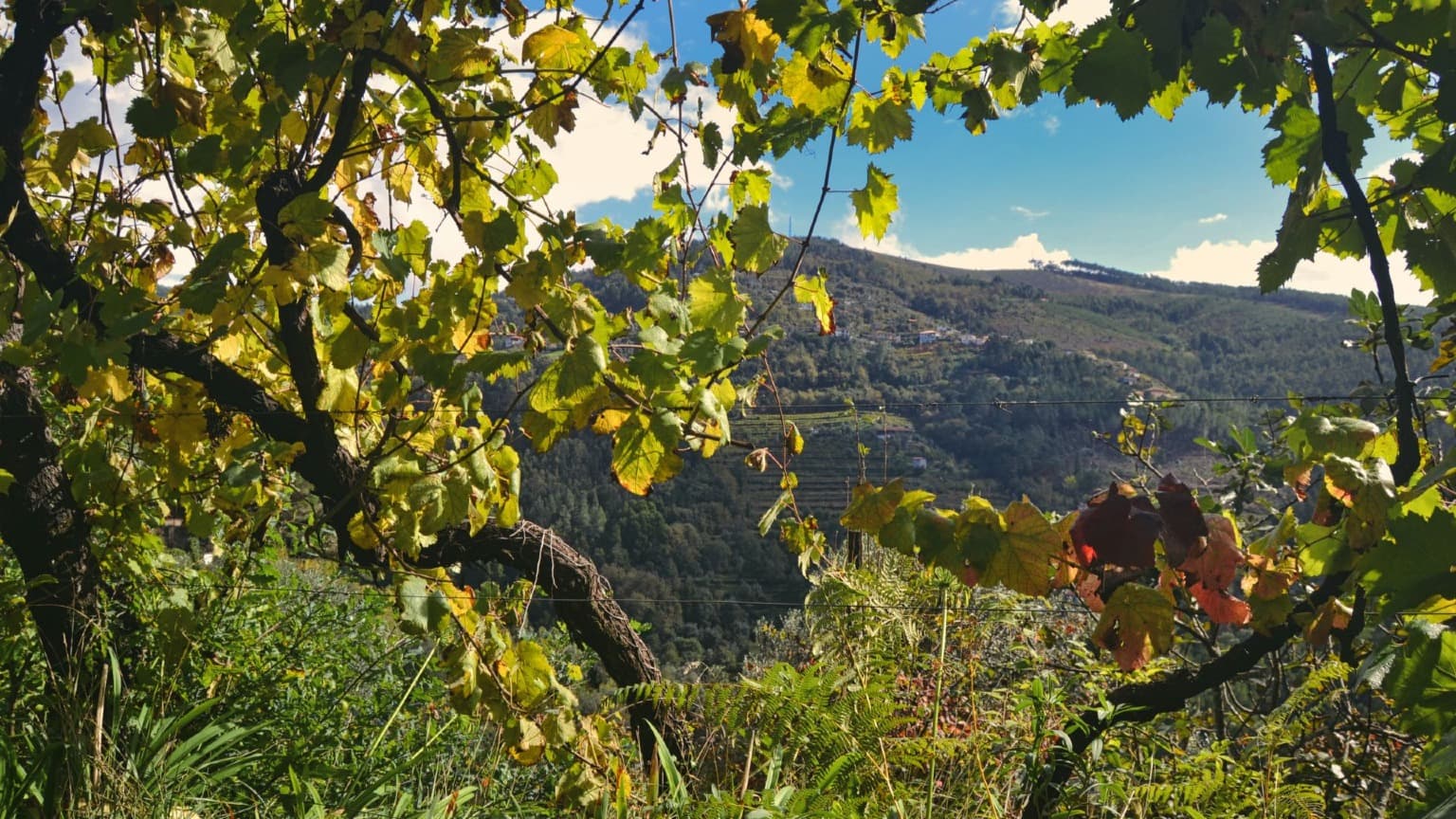Vinho Verde: A Unique and Historic Portuguese Wine Region
December 12, 2024
Vinho Verde is one of the most special and historic wine regions in Portugal. There are many myths and definitions surrounding Vinho Verde. In reality, Vinho Verde is a wine region, much like any other. Regarding its name, some say it comes from the color of the wine, others believe it refers to the lush green landscapes of the region, some say it is because it is a young wine, and others claim it originates from the fact that the grapes were traditionally harvested when they were still young (or "green")
The last explanation: about the grapes being picked when young, might hold the truth. Historically, vines were cultivated vertically, often climbing trees or other tall structures for support. This method allowed landowners to maximize their land by growing wine grapes alongside other crops such as potatoes, tomatoes, and vegetables. However, this vertical growth left the grapes more exposed to wind and harsh weather conditions. As a result, by harvest time, the grapes were often picked at an earlier, less mature stage. This practice influenced the wine's characteristics, making it lower in quality compared to other wines, more acidic, and with less alcohol. Interestingly, the lower alcohol content was appreciated by locals, as it allowed them to drink wine throughout the day without it impairing their ability to work.

Centenary Vinho Verde vine | Cooltour Oporto
A study conducted by the University of Porto revealed that the term "Vinho Verde" first appeared in the early 16th century, mentioned by the Portuguese playwright Gil Vicente. He used it to distinguish between grapes for "mature" wine and "verde" wine. Later, the city of Porto categorized "Verde" as a type of wine when fixing regional wine prices, making it the least expensive option. The official designation "Vinho Verde" as a Demarcated Wine Region came much later, in 1908.
Today, Vinho Verde continues to evolve. The region strives to balance traditional and modern winemaking methods to preserve its authenticity. Vinho Verde wines typically have lower alcohol content, fresh fruit flavors, and are released four to six months after harvest. Traditionally, the wines were bottled so early that malolactic fermentation occurred in the bottle, creating a light sparkling effect upon opening. This unintentional characteristic was well received by consumers, and now some producers intentionally add carbon dioxide to replicate the sparkle.
The geography of the Vinho Verde region significantly contributes to the wine’s aromatic and fresh qualities. Located in Northwestern Portugal, the region is influenced by the Atlantic Ocean to the west, the Douro River to the south, and the Minho River to the north. The Vinho Verde Demarcated Region is divided into nine sub-regions: Monção e Melgaço, Lima, Cávado, Ave, Sousa, Basto, Amarante, Paiva, and Baião. Each sub-region has its own unique characteristics and native grape varieties.

The lush green landscape of the Vinho Verde region | Cooltour Oporto
Among the most well-known white grape varieties are Alvarinho, Loureiro, Arinto, Avesso, Azal, and Trajadura. For red wines, the prominent varieties include Vinhão, Espadeiro, and Borraçal. Overall, the region boasts over 17,000 hectares of vineyards and more than 10,000 producers.
Even today, it is common in Portuguese restaurants for servers to ask, "Verde ou Maduro?" - which translates to "green or mature?" - when a customer requests a white wine. However, it’s important to remember that all white wines are mature; Vinho Verde is simply the name of this remarkable wine region.

Vinho Verde grapes, vines, and terraces | Cooltour Oporto
If you’re curious to learn more about Vinho Verde, join Cooltour Oporto on a private tour from Porto! You'll visit two different producers and gain a deeper appreciation for this extraordinary wine region. Cheers!